It looks like you're using an Ad Blocker.
Please white-list or disable AboveTopSecret.com in your ad-blocking tool.
Thank you.
Some features of ATS will be disabled while you continue to use an ad-blocker.
12
share:
I have stumbled upon these artefacts on various occasions and thought it would be good to place them here on ATS for the experts to scrutinise. I have
google translated the historic parts from Spanish to English. The main thing with this find is that we have some very unusual pieces of archaeology
all found in the same location in southern Spain. The fact that they were found together has led to a lot of speculation, whatever any of you make of
this speculation. They are most certainly intriguing.
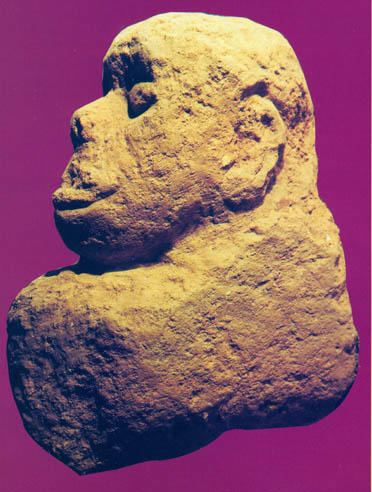
www.tartessos.info..." target="_blank" class="postlink" rel="nofollow">head of torrecampos
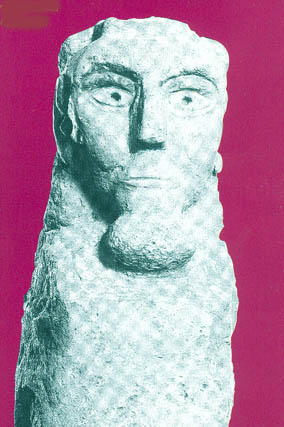
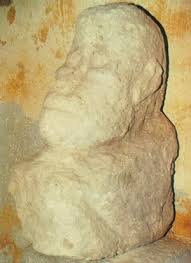
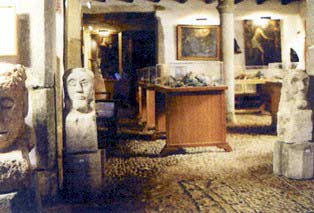
Soon I hope to visit the actual museum in Cordoba and get a better idea of the full collection. Hope you found it interesting. AT

www.tartessos.info..." target="_blank" class="postlink" rel="nofollow">head of torrecampos
In 1974, in the area known as "Llano de los Tesoros" in the mining area of Ríotinto (Huelva), where underground tunnels abound, excavators accidentally pierced the cover of a sealed cave, extracting with their shovel human bones, ceramics And sculptures, which were taken to Torrecampo by the geologist Esteban Márquez Triguero to be studied.A set of seventy sculptures representing images of men, hominids and humanoids, with an antiquity of over 11,000 years, were discovered in the mining area of Ríotinto (Huelva). This finding shows that all these species could live together at the same time and place that supposedly corresponds to the Tartessian-Atlantean civilisation.

The 70 sculptures recovered represent the racial diversity of the planet, which is already surprising. But, in addition, figures of hominids and others still more strange, of the triangular face, small mouth and oblique eyes. This sculptural ensemble was made more than 11,000 years ago

Its authenticity was demonstrated by the universities of Cordoba and Granada. The finding raises the possibility that the characters represented in the sculptures could correspond to the same period and place in which the legend places Atlantis. When observing the realism of these sculptures, it is deduced that the artists who made them, actually had the live people posing. The original models of these figures or very precise references to all the details of the anatomy of our supposed ancestors.

Soon I hope to visit the actual museum in Cordoba and get a better idea of the full collection. Hope you found it interesting. AT
According to the historian and archaeologist Rafael Gómez Muñoz, "the fact that this group of sculptures appeared in a gold, copper and silver mining operation known from the earliest times of antiquity and that human bones are found makes me suppose that The characters represented had to be related to the mining environment and leads me to wonder if the hominids served as labor, given their intellectual inferiority. But if so, I question the reason why they were buried with the lords and immortalized in the same way, since the remains were extracted from the same site. That is to say, if these hominids worked for the furnace sapiens and were buried together and with the same honors, we could find before a town where there were no social inequalities, since they realized the hard work of the mines by their intellectual inferiority, but they had the Same funeral rank as their lords.
edit on 9-4-2017 by ancientthunder because: spelling
edit on 9-4-2017 by ancientthunder because: location missing
a reply to: ancientthunder
I'm going to go with "the site is overstating a lot of things and relying on unreliable sources" simply because a discovery of this nature would be all over the geology journals and everywhere else.
Now -- don't mistake me. It is a real archaeological site, which means it's been studied by a lot of people and a lot of excavating has been going on there. Some of the things shown appear to be Phoenician or pre-Phoenician...and that's legit. But the 11,000 year old claim and the "multiple species" appear to be from an unreliable source.
The Wikipedia article makes some good points:
Schulten was an archaeologist and obsessed with finding Atlantis.
Atlantipedia, interestingly enough, is also not very charitable toward Freund, pointing out that he hopped to his conclusions after spending less than a week at the site and claimed credit for things.
Wikipedia adds:
...which is scientist-speak for "utter nonsense and you didn't even bother to read up on the site."
Much of this can be laid at the feet of the Nat Geo channel, which changed from being reasonably well-done documentaries (which people apparently weren't watching in the numbers that the NatGeo advertisers wanted) to accepting wildly speculative and sensationalist pieces that would bring in an audience.
Maeir, by the way, works in the area and would be familiar with digs and dig teams. Freund is known for very speculative documentaries.
So - bottom line: some real discoveries but deliberately forged to prove someone's belief (instead of being looked at as an investigator would.) it's kind of like a rogue cop planting a gun and a bag of drugs on someone he shot and then claiming that the victim was an armed drug dealer.
I'm going to go with "the site is overstating a lot of things and relying on unreliable sources" simply because a discovery of this nature would be all over the geology journals and everywhere else.
Now -- don't mistake me. It is a real archaeological site, which means it's been studied by a lot of people and a lot of excavating has been going on there. Some of the things shown appear to be Phoenician or pre-Phoenician...and that's legit. But the 11,000 year old claim and the "multiple species" appear to be from an unreliable source.
The Wikipedia article makes some good points:
In 1922, Adolf Schulten gave currency to a view of Tartessos that made it the Western, and wholly European source of the legend of Atlantis.[26] A more serious review, by W.A. Oldfather, appeared in The American Journal of Philology.[27] Both Atlantis and Tartessos were believed to be advanced societies which collapsed when their cities were lost beneath the waves...
Schulten was an archaeologist and obsessed with finding Atlantis.
In 2011, a team led by Richard Freund claimed to have found strong evidence for the location in Doñana National Park based on underground and underwater surveys and the interpretation of the archaeological site Cancho Roano[28] as "memorial cities" rebuilt in Atlantis's image. Spanish scientists have dismissed Freund's claims claiming that he was sensationalising their work.
Atlantipedia, interestingly enough, is also not very charitable toward Freund, pointing out that he hopped to his conclusions after spending less than a week at the site and claimed credit for things.
Wikipedia adds:
The anthropologist Juan Villarías-Robles, who works with the Spanish National Research Council, said "Richard Freund was a newcomer to our project and appeared to be involved in his own very controversial issue concerning King Solomon's search for ivory and gold in Tartessos, the well documented settlement in the Doñana area established in the first millennium BC" and described his claims as 'fanciful'.
...which is scientist-speak for "utter nonsense and you didn't even bother to read up on the site."
Much of this can be laid at the feet of the Nat Geo channel, which changed from being reasonably well-done documentaries (which people apparently weren't watching in the numbers that the NatGeo advertisers wanted) to accepting wildly speculative and sensationalist pieces that would bring in an audience.
Simcha Jacobovici, involved in the production of a documentary on Freund's work for the National Geographic Channel, stated that the biblical Tarshish (which he believes is the same as Tartessos) was Atlantis, and that "Atlantis was hiding in the Tanach". Aren Maeir, a professor of archeology at Bar-Ilan University said "a lot of people have made many crazy claims about Atlantis – it’s one of those classic places where you have a lunatic fringe looking for all types of things. And Richard Freund is known as someone who makes 'sensational' finds. I would say that I am exceptionally skeptical about the thing, but I wouldn’t discount it 100% until I see the details, which haven’t been published as far as I know...every few years we hear something like this from him... And the fact that it’s on National Geographic doesn’t mean much. Unfortunately, over the past years they’ve had many questionable programs."
Maeir, by the way, works in the area and would be familiar with digs and dig teams. Freund is known for very speculative documentaries.
So - bottom line: some real discoveries but deliberately forged to prove someone's belief (instead of being looked at as an investigator would.) it's kind of like a rogue cop planting a gun and a bag of drugs on someone he shot and then claiming that the victim was an armed drug dealer.
a reply to: Byrd
Thanks for your analysis, I tend to agree with you on a definite origin of this archaeological discovery. After all names of places are just that, albeit some names seem to be imaginary in nature. What is more interesting, is where and how they were found. About twenty years ago I made friends with some Welsh miners that were working in Donana. After various conversations, they said they personally had seen some ancient sites bulldozed. Why? I am sure, is fairly obvious to most. Business matters!
If it wasn't for some of the workers carting these pieces away hidden under sand in trucks, we wouldn't have even seen these great pieces.
The bottom line for me is that here we have these pieces of history, now what we make of them is a matter of time. As for people interpreting them to be this or that.... Nothing new there. It will be a joint effort that will truly give us a more precise picture of their origin and meaning.
I will post some more photos when I manage to get to the museum. I am interested in seeing the complete findings, which
I am sure will reveal much more.
As for the town, it has not received any benefits from this find. Most people, in Spain have even heard of it. Shame, but that is how much we undervalue our history.
Thanks for your analysis, I tend to agree with you on a definite origin of this archaeological discovery. After all names of places are just that, albeit some names seem to be imaginary in nature. What is more interesting, is where and how they were found. About twenty years ago I made friends with some Welsh miners that were working in Donana. After various conversations, they said they personally had seen some ancient sites bulldozed. Why? I am sure, is fairly obvious to most. Business matters!
If it wasn't for some of the workers carting these pieces away hidden under sand in trucks, we wouldn't have even seen these great pieces.
The bottom line for me is that here we have these pieces of history, now what we make of them is a matter of time. As for people interpreting them to be this or that.... Nothing new there. It will be a joint effort that will truly give us a more precise picture of their origin and meaning.
I will post some more photos when I manage to get to the museum. I am interested in seeing the complete findings, which
I am sure will reveal much more.
As for the town, it has not received any benefits from this find. Most people, in Spain have even heard of it. Shame, but that is how much we undervalue our history.
edit on 9-4-2017 by ancientthunder because: missing letter
a reply to: ancientthunder
Looking forward to your photos!
And please, photograph the labels as well! (I do that now as a matter of course; it's easy to forget context and identification a few days later)
Looking forward to your photos!
And please, photograph the labels as well! (I do that now as a matter of course; it's easy to forget context and identification a few days later)
a reply to: Byrd
This is really important advice. On knforst trip to the Yucatán, I came home with a fabulous collection of photographs with very little context provided. I now remember to. Art a notebook with me and take notes as I take photos so that my notes correspond to specific pictures by the number on the roll Nd then each roll is marked for reference when using film. Sometimes when using digital I'll photograph my notes as I'm going just so that I don't lose my place in the series.
I'm going back to Tulum st the end of May so I'll finally get a do over and will actually know what the photos contain this time around! I also have the benefit of having a couple of teenagers and a 9 year old who I'm going to treat like grad students and put them to work for me Haha. I don't know if you've ever been or not, but It's an absolutely beautiful city and the only Mayan city on the coast. Consequently it's got an amazing beach at the bottom of a slight cliff down below the city. It's pretty impressive and there were still several unexcavated buildings at Tulum that were quite obvious the last time I went so I'm hoping perhaps they've done a little more digging since then.
This is really important advice. On knforst trip to the Yucatán, I came home with a fabulous collection of photographs with very little context provided. I now remember to. Art a notebook with me and take notes as I take photos so that my notes correspond to specific pictures by the number on the roll Nd then each roll is marked for reference when using film. Sometimes when using digital I'll photograph my notes as I'm going just so that I don't lose my place in the series.
I'm going back to Tulum st the end of May so I'll finally get a do over and will actually know what the photos contain this time around! I also have the benefit of having a couple of teenagers and a 9 year old who I'm going to treat like grad students and put them to work for me Haha. I don't know if you've ever been or not, but It's an absolutely beautiful city and the only Mayan city on the coast. Consequently it's got an amazing beach at the bottom of a slight cliff down below the city. It's pretty impressive and there were still several unexcavated buildings at Tulum that were quite obvious the last time I went so I'm hoping perhaps they've done a little more digging since then.
originally posted by: peter vlar
a reply to: Byrd
This is really important advice. On knforst trip to the Yucatán, I came home with a fabulous collection of photographs with very little context provided. I now remember to. Art a notebook with me and take notes as I take photos so that my notes correspond to specific pictures by the number on the roll Nd then each roll is marked for reference when using film. Sometimes when using digital I'll photograph my notes as I'm going just so that I don't lose my place in the series.
I figured this out the first time I went to Houston to photograph their collection for course material for a class I was teaching at the college. I got home with all sorts of material for my Powerpoint but realized how much richer I could have made it with some of the information (location, for example) from the museum labels.
I'm going back to Tulum st the end of May so I'll finally get a do over and will actually know what the photos contain this time around! I also have the benefit of having a couple of teenagers and a 9 year old who I'm going to treat like grad students and put them to work for me Haha. I don't know if you've ever been or not, but It's an absolutely beautiful city and the only Mayan city on the coast. Consequently it's got an amazing beach at the bottom of a slight cliff down below the city. It's pretty impressive and there were still several unexcavated buildings at Tulum that were quite obvious the last time I went so I'm hoping perhaps they've done a little more digging since then.
Sigh! I'd love to go -- got room in your suitcase? It sounds fabulous, and I've never been there.
originally posted by: Byrd
originally posted by: peter vlar
a reply to: Byrd
This is really important advice. On knforst trip to the Yucatán, I came home with a fabulous collection of photographs with very little context provided. I now remember to. Art a notebook with me and take notes as I take photos so that my notes correspond to specific pictures by the number on the roll Nd then each roll is marked for reference when using film. Sometimes when using digital I'll photograph my notes as I'm going just so that I don't lose my place in the series.
I figured this out the first time I went to Houston to photograph their collection for course material for a class I was teaching at the college. I got home with all sorts of material for my Powerpoint but realized how much richer I could have made it with some of the information (location, for example) from the museum labels.
I'm going back to Tulum st the end of May so I'll finally get a do over and will actually know what the photos contain this time around! I also have the benefit of having a couple of teenagers and a 9 year old who I'm going to treat like grad students and put them to work for me Haha. I don't know if you've ever been or not, but It's an absolutely beautiful city and the only Mayan city on the coast. Consequently it's got an amazing beach at the bottom of a slight cliff down below the city. It's pretty impressive and there were still several unexcavated buildings at Tulum that were quite obvious the last time I went so I'm hoping perhaps they've done a little more digging since then.
Sigh! I'd love to go -- got room in your suitcase? It sounds fabulous, and I've never been there.
I think I might have a bag large enough to fit a full sized person in. It's worth the temporary discomfort once you get to Tulum. Though because I'll have mini me's in tow, it will be the only archaeological site I get to on this trip but if you don't mind bobsledding in Jamaica before we go over to Mexico then please feel free to tag along. If not, I'll upload a nice photo album for you to peruse.
a reply to: Byrd
I was hoping to go to the museum this weekend but it is currently closed for refurbishing. A friend of mine has some old magazines produced by the museum about 17 years ago. So until they reopen, I scanned them and was keen to share particularly these great historic pieces.
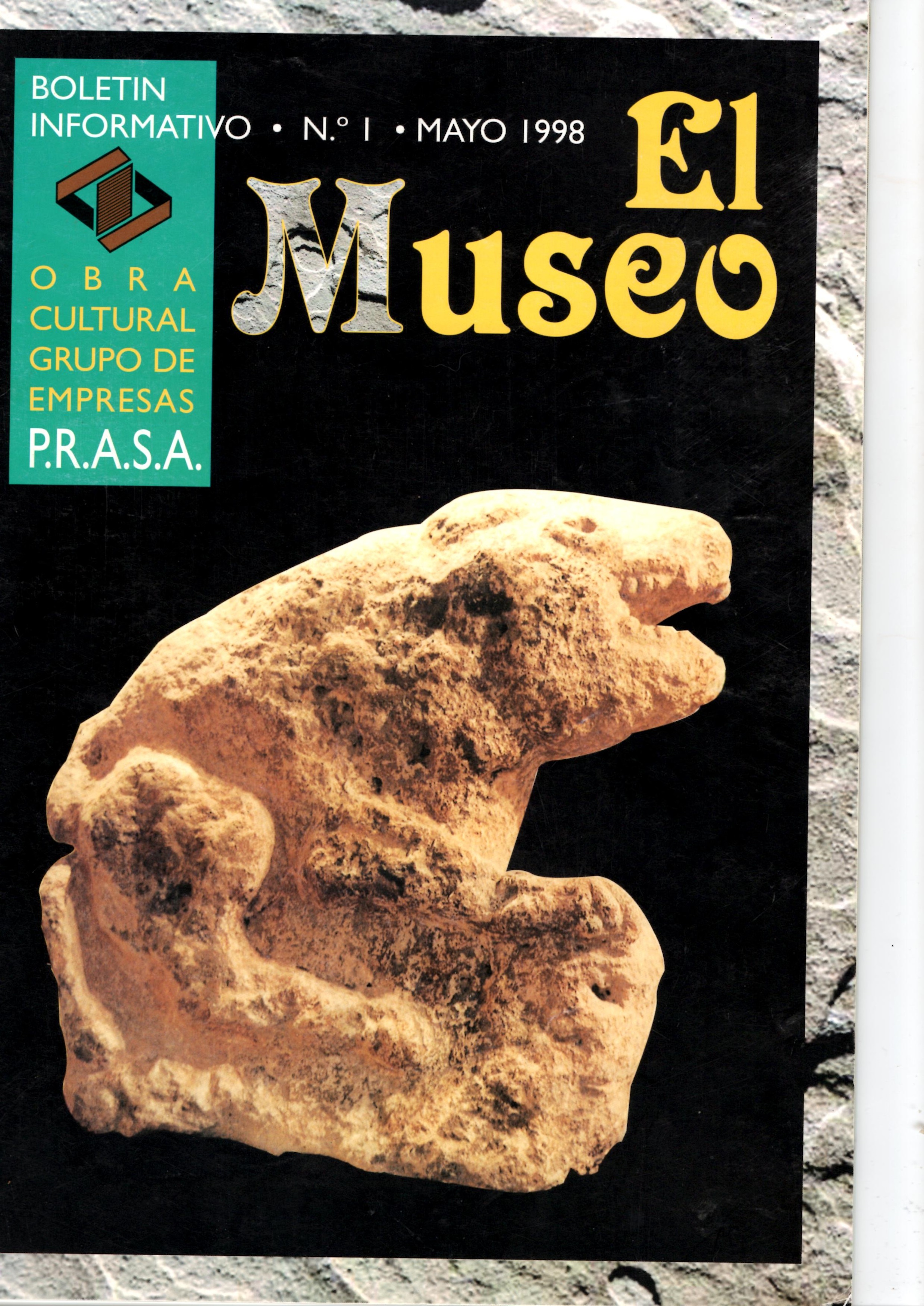
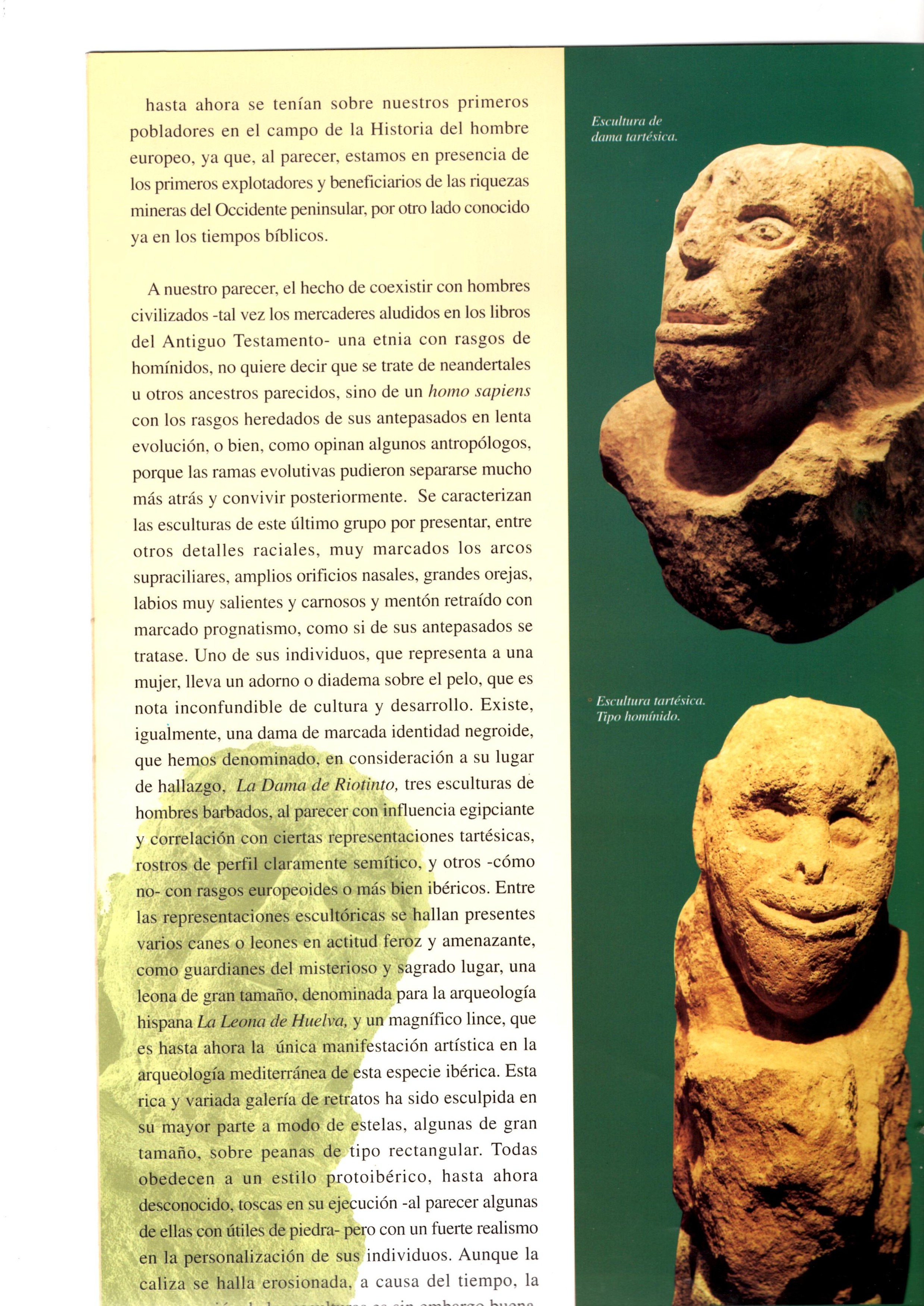
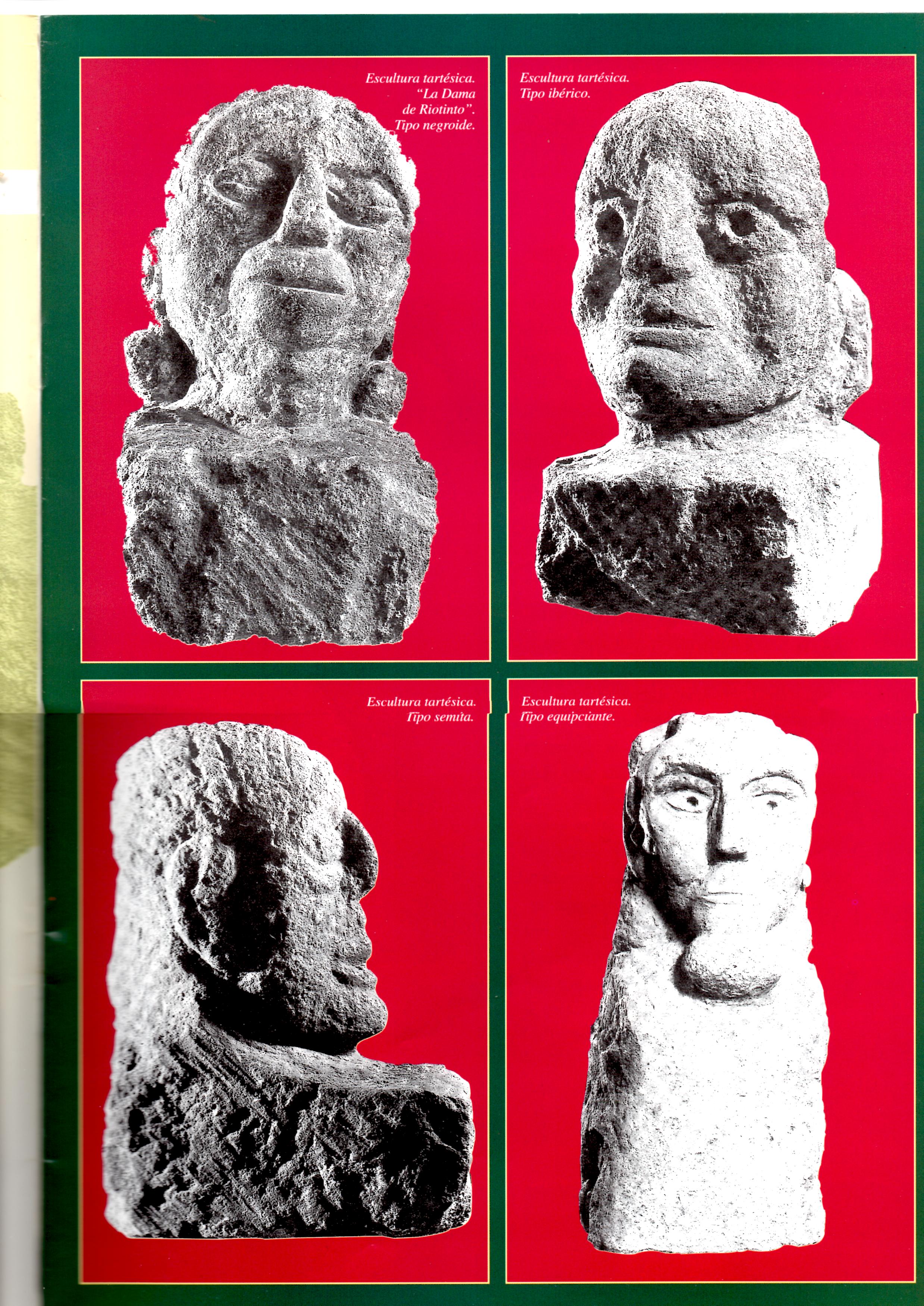
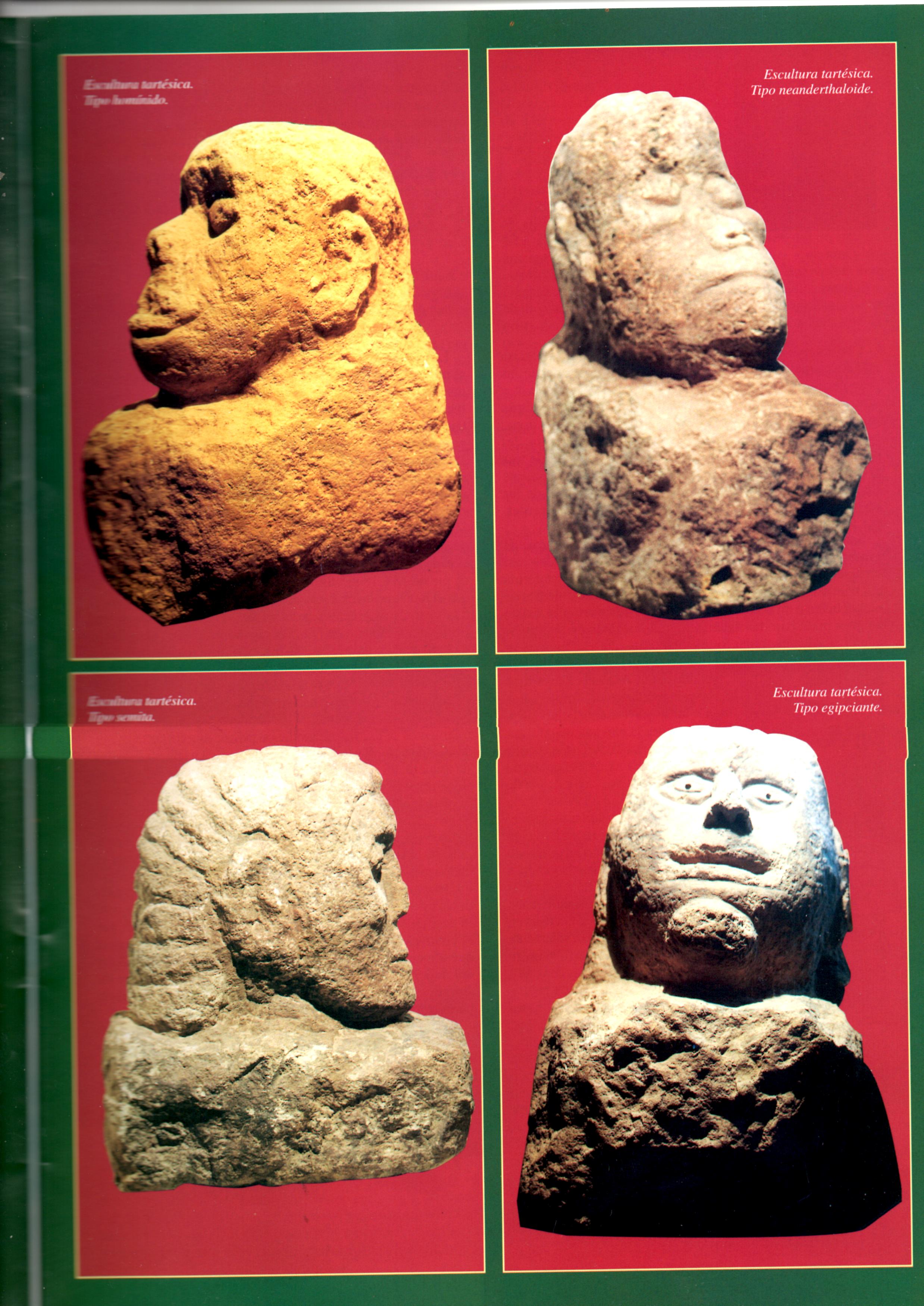
I was hoping to go to the museum this weekend but it is currently closed for refurbishing. A friend of mine has some old magazines produced by the museum about 17 years ago. So until they reopen, I scanned them and was keen to share particularly these great historic pieces.




Hi, everyone!
This looks like old stuff -I mean the thread- but I feel I should contact you guys as I did visit that museum once back in 2002, Esteban Márquez () kindly showed it all in a private visit. I took many pics but they are kept at my father's since I moved and it would take me quite a while to find.
Anyway, feel free to ask me as I am local in Córdoba and even might help with translations.
Thanks for the awesome thread
This looks like old stuff -I mean the thread- but I feel I should contact you guys as I did visit that museum once back in 2002, Esteban Márquez () kindly showed it all in a private visit. I took many pics but they are kept at my father's since I moved and it would take me quite a while to find.
Anyway, feel free to ask me as I am local in Córdoba and even might help with translations.
Thanks for the awesome thread
This website places these
sculptures in the late Bronze Age, about 1300 BC for that region.
There is also speculation that they are fake (or some of them anyway.) One of them looks like Esteban Márquez modeled for the sculptor. It's in the link.
Harte
There is also speculation that they are fake (or some of them anyway.) One of them looks like Esteban Márquez modeled for the sculptor. It's in the link.
Harte
new topics
-
Ukraine halts transit of Russian gas to Europe after a prewar deal expired
Political Conspiracies: 57 minutes ago -
Welp...Happy New Year!!
General Chit Chat: 3 hours ago -
Vehicle Strikes people in New Orleans
Mainstream News: 4 hours ago -
The Hand that Rocks the Cradle - Labour Plans “diversities of our society” Curriculum Change
Regional Politics: 4 hours ago
top topics
-
Vehicle Strikes people in New Orleans
Mainstream News: 4 hours ago, 13 flags -
SCOTUS Chief Justice JOHN ROBERTS Ends 2024 Describing His Fears for Safety of U.S. Judges.
Above Politics: 13 hours ago, 4 flags -
The Hand that Rocks the Cradle - Labour Plans “diversities of our society” Curriculum Change
Regional Politics: 4 hours ago, 4 flags -
Welp...Happy New Year!!
General Chit Chat: 3 hours ago, 3 flags -
Ukraine halts transit of Russian gas to Europe after a prewar deal expired
Political Conspiracies: 57 minutes ago, 2 flags
active topics
-
The C.D.C. Says There Was NO INFLUENZA Worth Reporting for the 2020-2021 Flu Season.
Diseases and Pandemics • 85 • : BedevereTheWise -
Welp...Happy New Year!!
General Chit Chat • 7 • : nugget1 -
US disburses $3.4 billion in budget aid for Ukraine, Yellen says
US Political Madness • 21 • : xuenchen -
President Carter has passed
Mainstream News • 36 • : Skinnerbot -
Ukraine halts transit of Russian gas to Europe after a prewar deal expired
Political Conspiracies • 15 • : SteamyAmerican -
How we've changed in 100 years
Ancient & Lost Civilizations • 16 • : SprocketUK -
Vehicle Strikes people in New Orleans
Mainstream News • 29 • : BeyondKnowledge3 -
‘Something horrible’: Somerset pit reveals bronze age cannibalism
Ancient & Lost Civilizations • 41 • : Xtrozero -
The Hand that Rocks the Cradle - Labour Plans “diversities of our society” Curriculum Change
Regional Politics • 11 • : angelchemuel -
Simulation theory and have we reset before like a game?
Conspiracies in Religions • 39 • : Xtrozero
12
